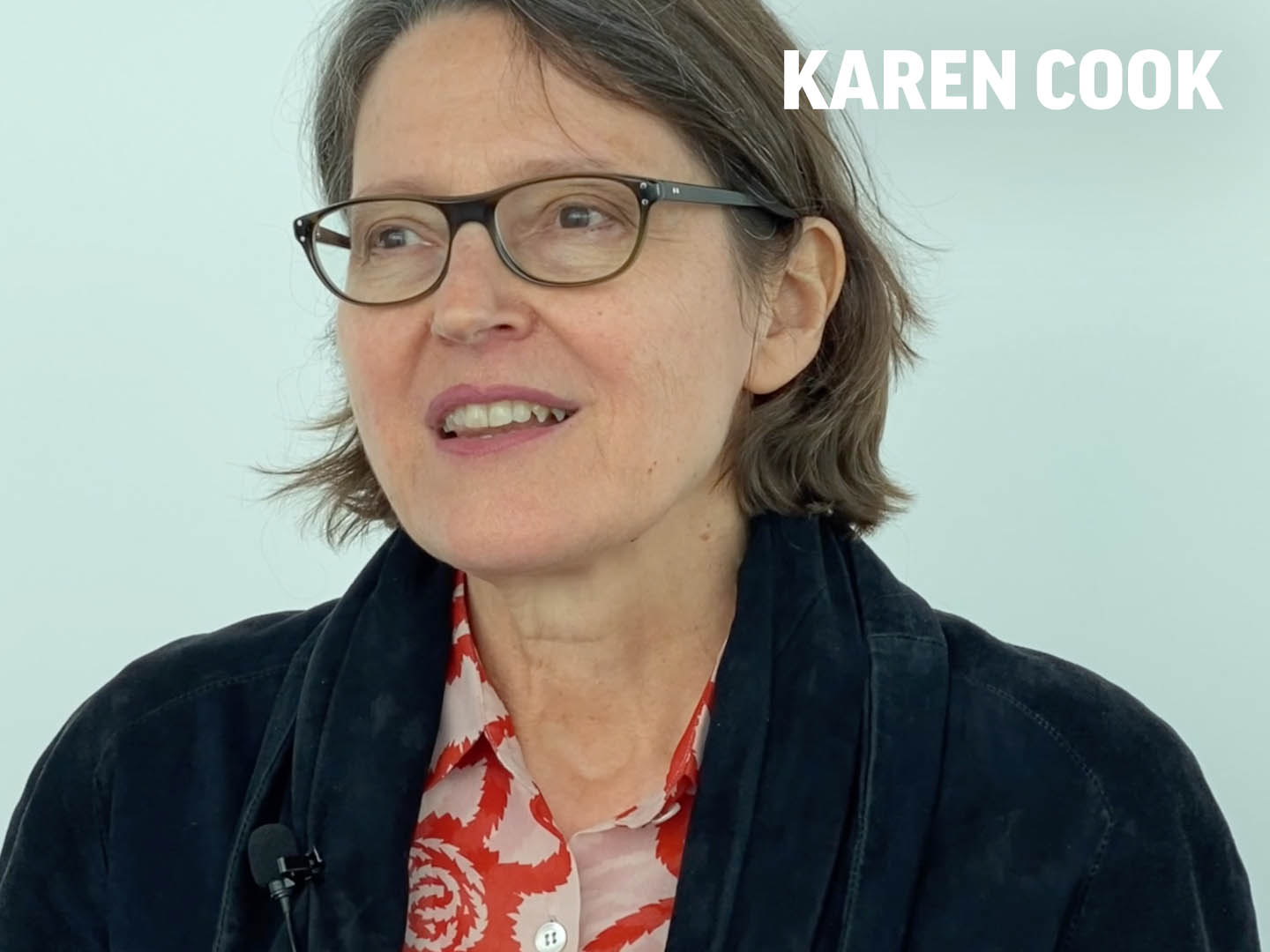New London Architecture
London's Tall Buildings Survey 2020

Excerpt from the foreword
I was recently looking out across London from the tenth floor boardroom of Be First, Barking and Dagenham’s regeneration delivery company, in east London. The horizon is sawtoothed with tall buildings: viewed from a distance clusters of towers overlap to form a regimented line; closer to, they break up into their local groups—Canary Wharf, the South Bank, Nine Elms, City of London, City Road, Stratford.
Nowhere illustrates the distribution of towers better than the NLA’s model of London. Largely located in Opportunity Areas as set out in the London Plan they form mountainous clusters set among the foothills of more traditional housing. This form of development is likely to continue—more higher-density homes around areas of good public transport with large swathes of lower density homes left untouched, bar the view from their bedroom windows.
Other aspects are changing—the post-Grenfell fall out will alter the way towers are designed, built and maintained; the lack of skilled workers and the demand for numbers will mean more buildings will use modern methods of construction while the new London Plan expects buildings to show greater respect for local character. Decisions on their location will be taken by the boroughs rather than City Hall.
Contents
By Peter Murray, Curator-in-chief, New London Architecture
Executive summary infographics
Pipeline Analysis
Key trends and overview
Locations of tall buildings. London sub-regions and borough analysis
– Ealing
– Greenwich
– Haringey
Planning, constructions and completions analysis
Policy & Regulation: A new landscape in London
Fire safety: Grenfell changes everything
Planning: Power to the boroughs
Design quality: It’s more than just good looks
Better neighbours: Social and environmental responsibility
Net zero: There’s a new agenda
Project Showcase
Central
East
North
South
West
Index
PUBLICATION DETAILS
109 Pages
Related
News
What’s driven our changing skyline?
Ahead of our 'London’s Growing Up! A decade of building tall’ report launch, Brian Smith of AECOM discusses the evolutio...

Video
Karen Cook of PLP Architecture led the design team for 22 Bishopsgate – the tallest tower in the Square Mile – and is de...
Watch video
Video
The City denies it will be converting offices to Resi
In this interview, Policy Chair Catherine McGuinness tells Peter Murray that recent press headlines on stories about the...
Watch videoStay in touch
Upgrade your plan
Choose the right membership for your business
Standard

Standard (small business)

Partner

Borough Partner

Upgrade your plan
Choose the right membership for your business
Standard

Standard (small business)

Partner

Borough Partner



